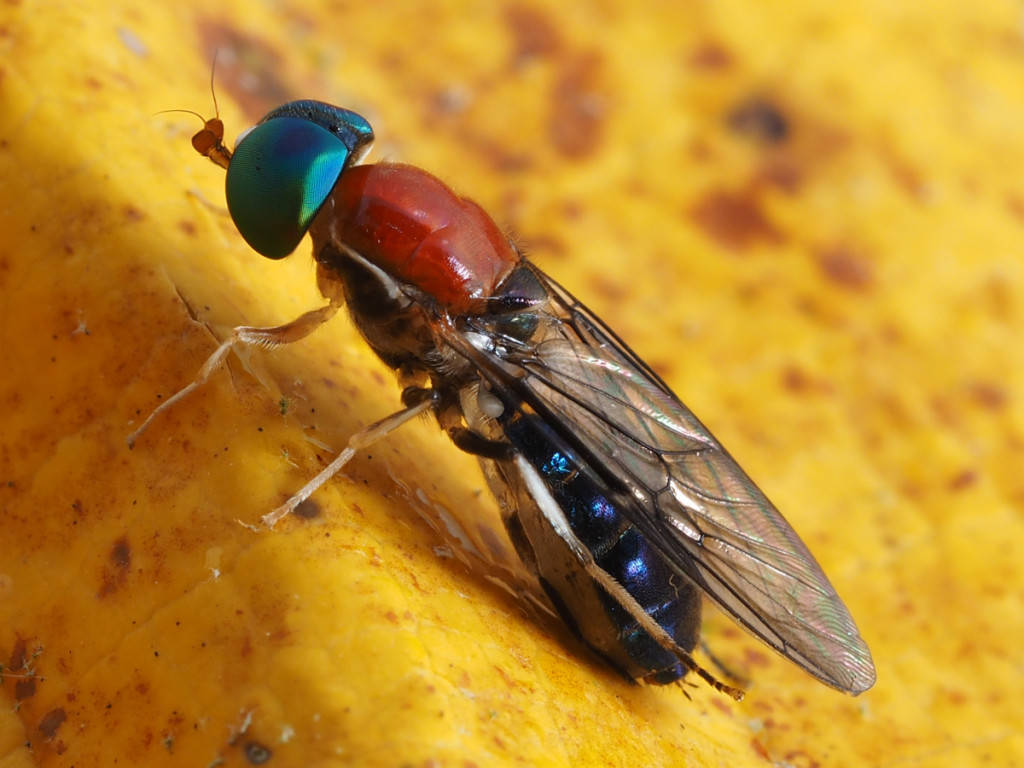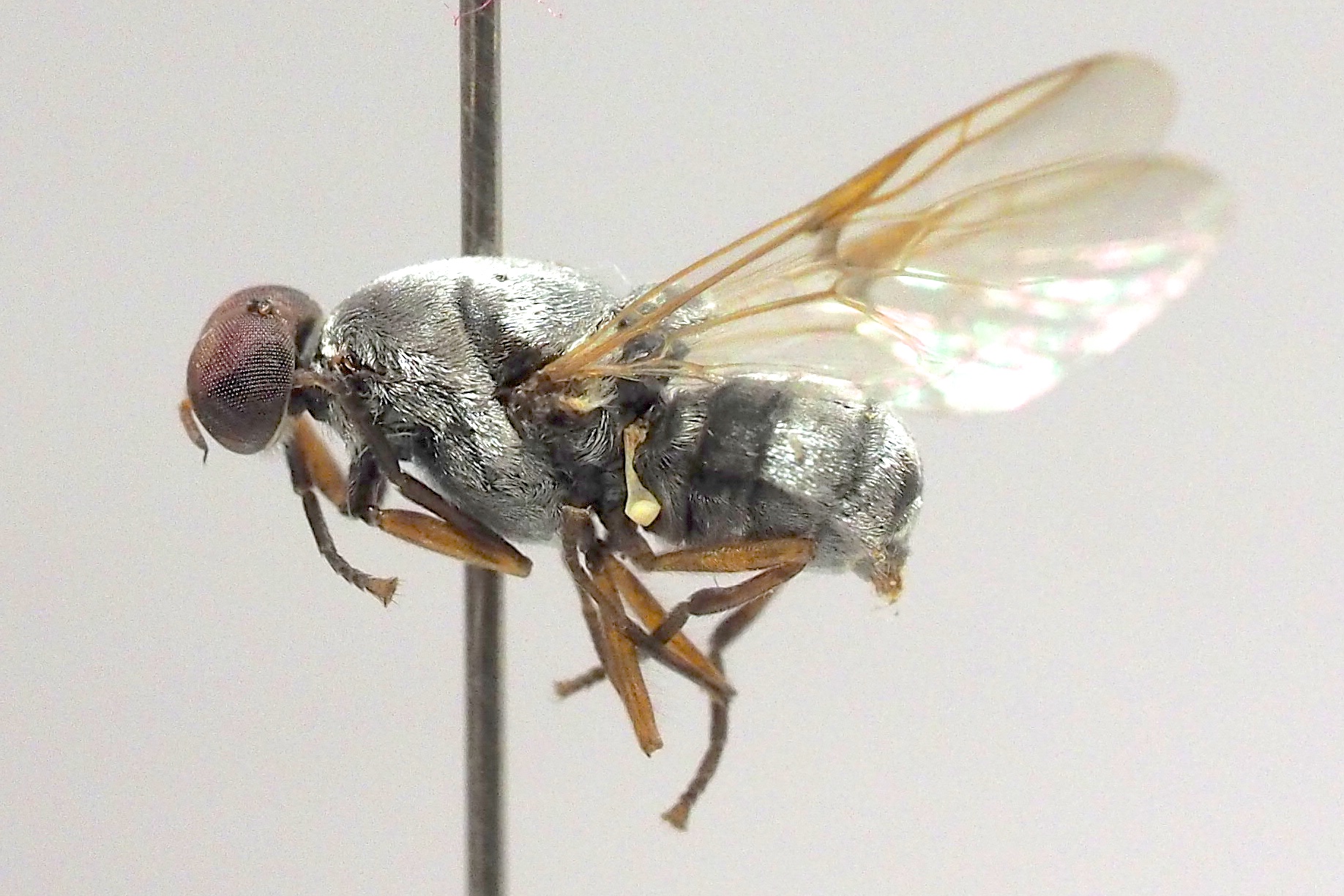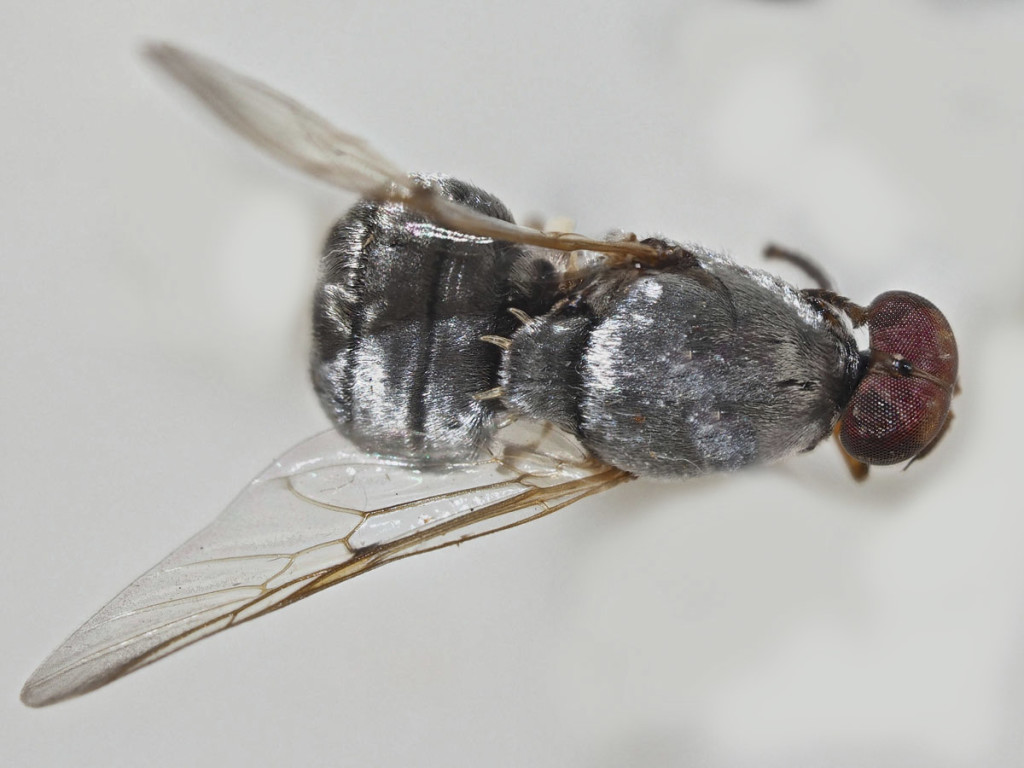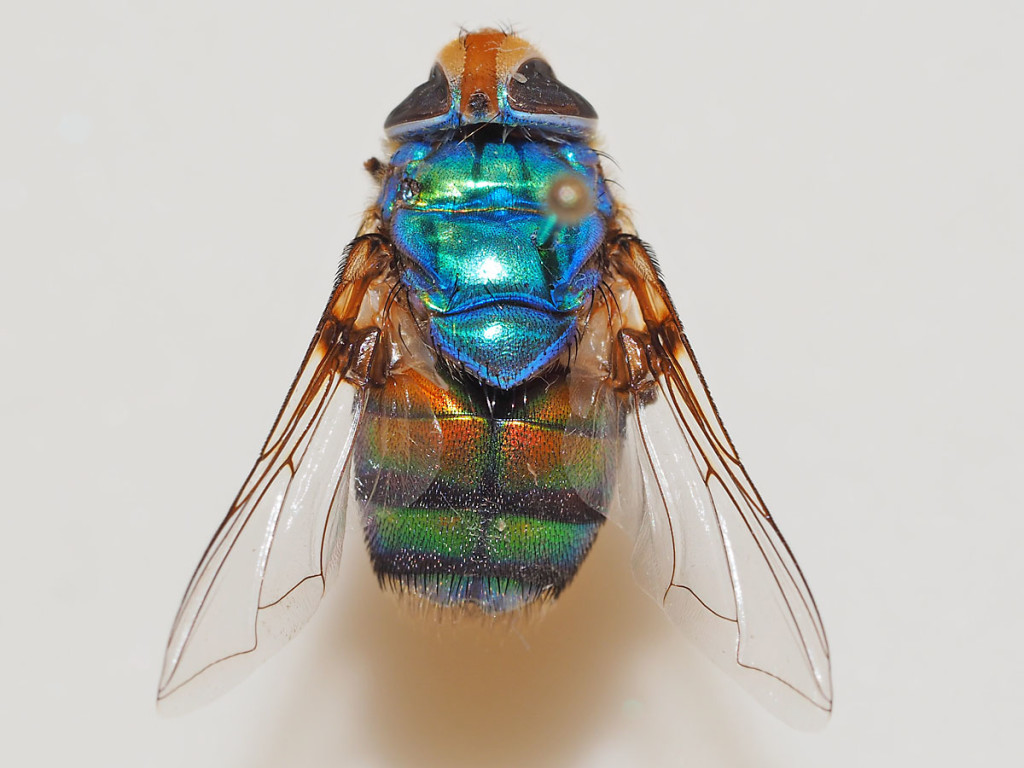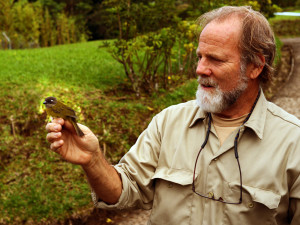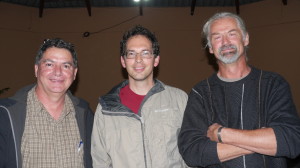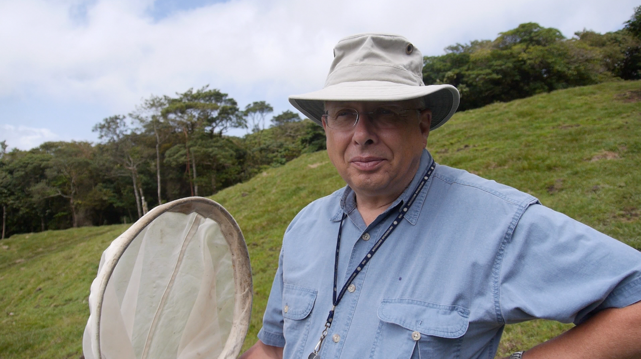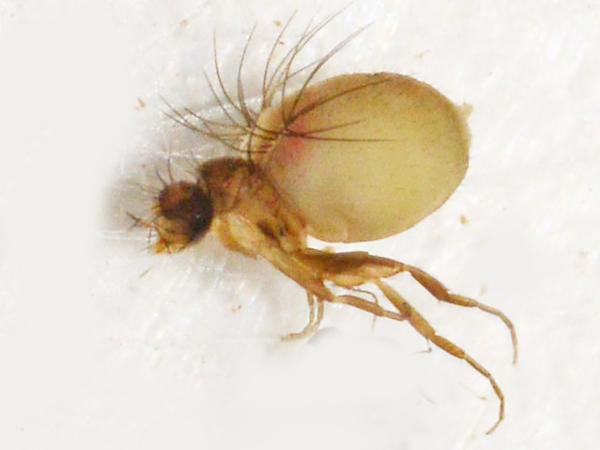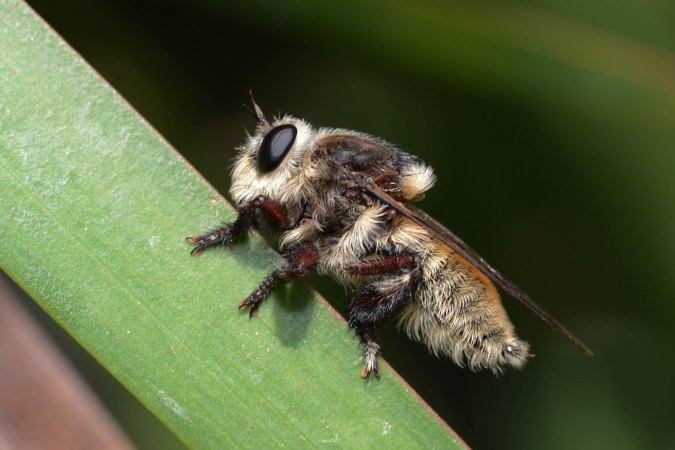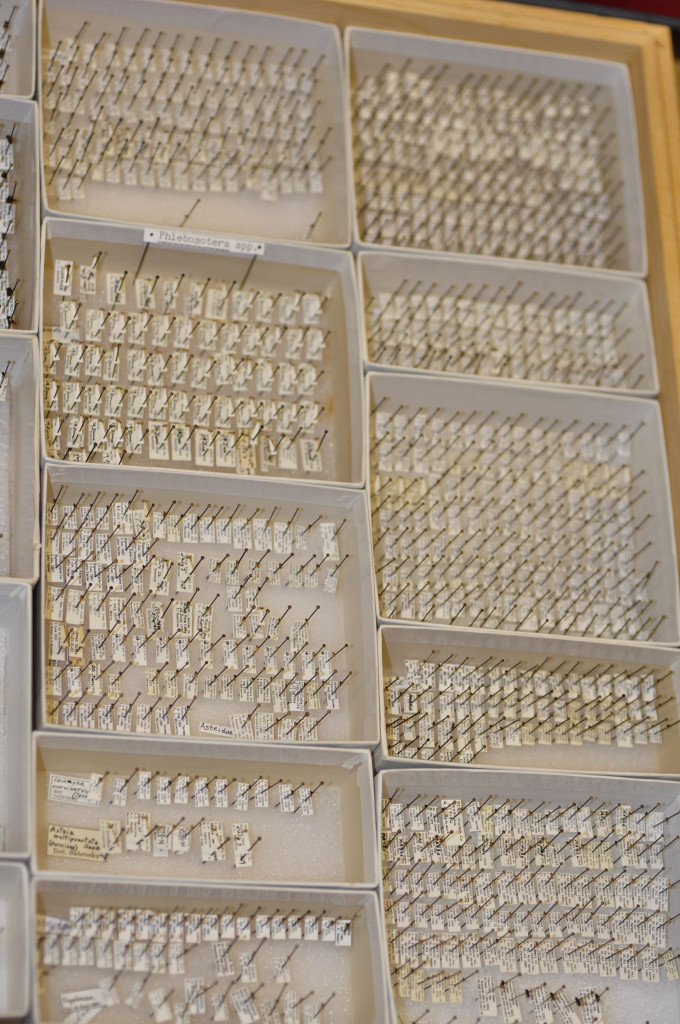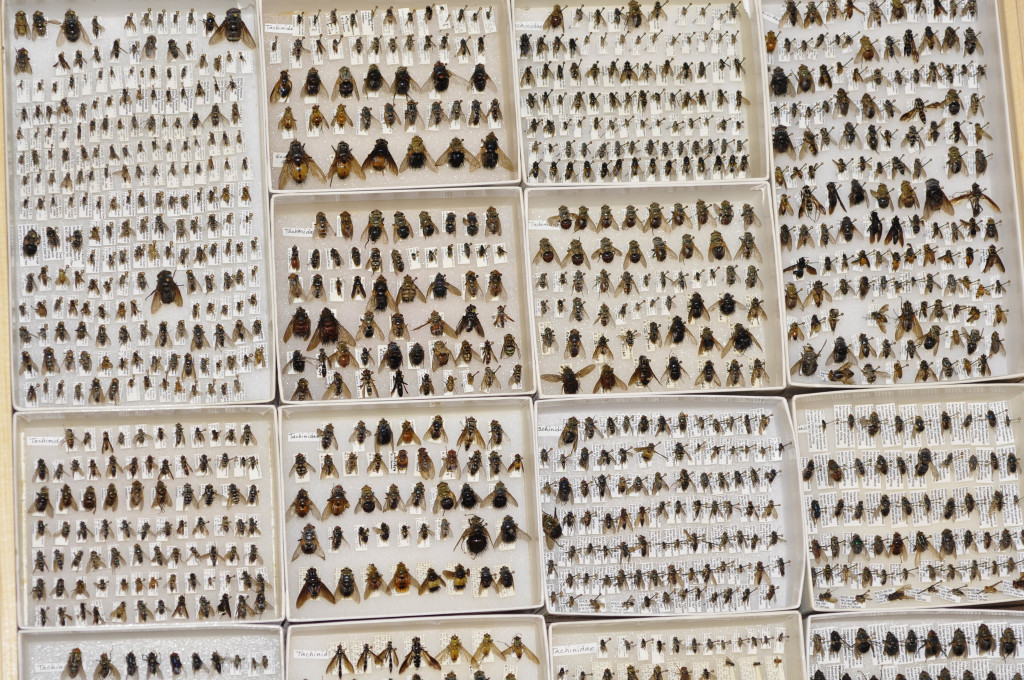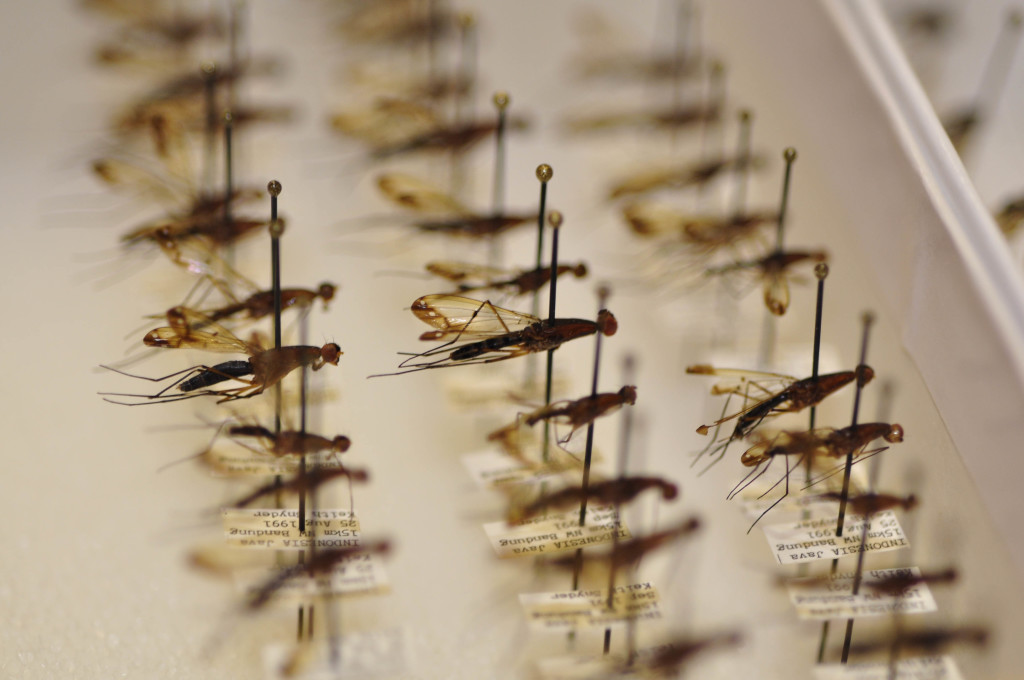Two papers have appeared recently based on our BioSCAN (Biodiversity Science: City and Nature) project. In this project, we partner with the public by placing Malaise traps (tent-like traps with a collecting bottle on top) in backyards and gardens, obtaining the homeowner’s help and permission to sample in places that would otherwise be off limits. We call our collaborators “site hosts”.
Each of the new papers looks at fly diversity in Los Angeles in slightly different ways, and involves a team of ecologists that are helping us interpret our results.
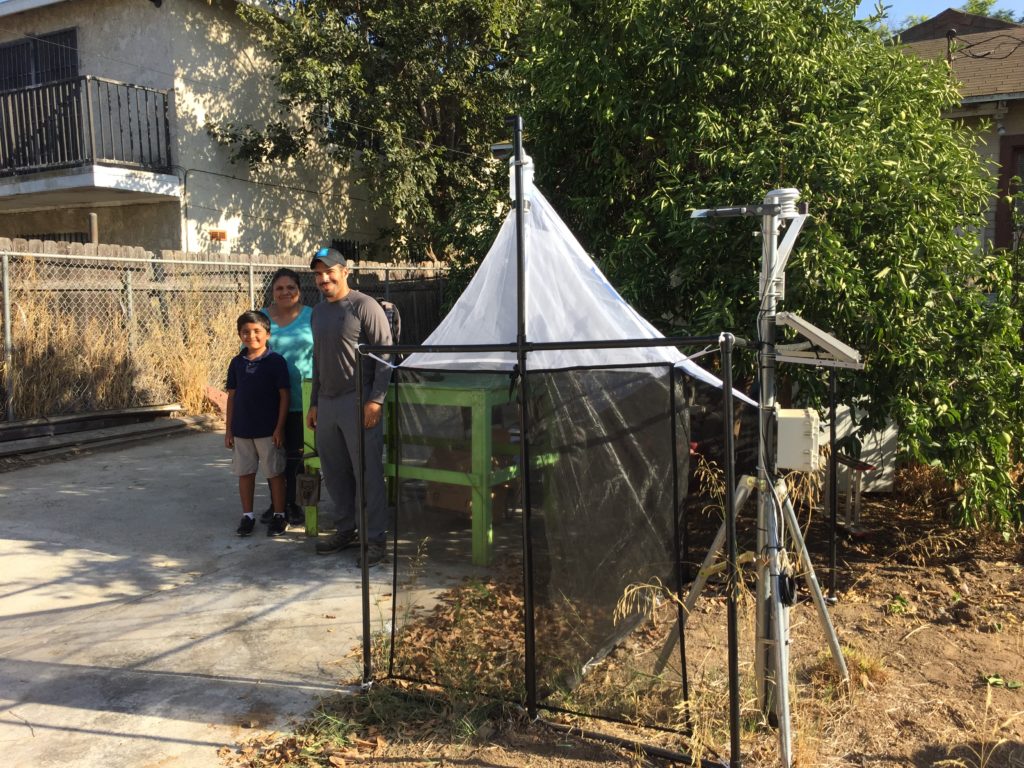
The first was headed by Dr. Terry McGlynn from California State University, Dominguez Hills (the full list of authors and the full citations are given below). Terry and colleagues looked at our weather station data along with phorid diversity from the first phase of BioSCAN (the phorid diversity was described by Brown & Hartop 2015). They found a Goldilocks situation with temperature as the strongest variable: not too hot and not too cold described the optimum conditions for phorid diversity. This makes climate change a real concern, given that even phorids (tough little flies) react strongly to small changes in conditions.
The second paper, headed by former postdoc Dr. Max Adams (now at George Washington University), looked at more groups of insects (including also syrphid and tipulid flies (flower flies and crane flies) and more variables. This paper found that the amount of water that was put on the landscape was most important, and that reducing water (as in dryland gardening) increased insect diversity across habitat types as diverse as parkland and high density residential areas. This might seem counter-intuitive, since more water produces more vegetation, which should promote more insects, but it turns out that the native diversity is not impressed by this extra water. A few widespread and introduced species are the main beneficiaries of such conditions.
So, the message from these studies is that, in Los Angeles, we need to continue to work together to slow or prevent climate change, and we need to avoid having lawns and other water-extravagant landscapes. Native plantings watered by drip irrigation would be the best type of yard to promote insect diversity. Greater (native) insect diversity promotes (or is a result of) a healthier ecosystem, which favors a better standard of life for all of us living in L.A.
Publications: I am grateful to our wonderful and talented group of collaborators who have allowed us to extract meaning from the bags of insects we collect from our BioSCAN sites: Terry McGlynn, Emily Meineke (who has a new position at UC Davis- go Emily!), Christie Bahlai, Jane Li, Emily Hartop, and Max Adams. Also, I cannot thank enough our BioSCAN staff, Lisa Gonzalez and Estella Hernandez, along with the volunteers and work study students who help make the project possible. Finally, all of our 80+ site hosts who shared their properties with our traps are truly special people who care about the future of nature in our city. I hope that we can continue to bring you new insights and actionable results.



 There is no question that this 1.5 mm long fly is well-named: the male genitalia are a shocking white in comparison to the rest of the rather dingy brown body. It was described in 1910 from England, and is well-known from other parts of the world such as Finland, Israel, and China. It is also found in the two big fly inventories that I am part of: the Los Angeles County Natural History Museum’s urban biodiversity project called “BioSCAN” and the Costa Rican “ZADBI” project in a tropical cloud forest.
There is no question that this 1.5 mm long fly is well-named: the male genitalia are a shocking white in comparison to the rest of the rather dingy brown body. It was described in 1910 from England, and is well-known from other parts of the world such as Finland, Israel, and China. It is also found in the two big fly inventories that I am part of: the Los Angeles County Natural History Museum’s urban biodiversity project called “BioSCAN” and the Costa Rican “ZADBI” project in a tropical cloud forest.
